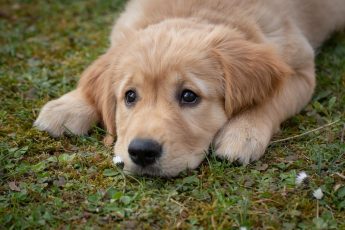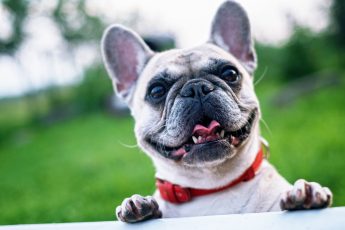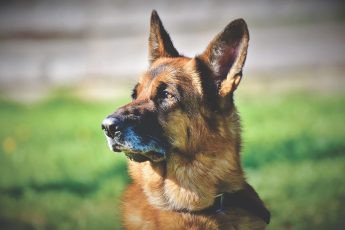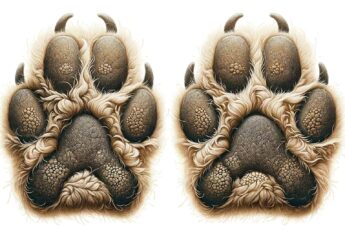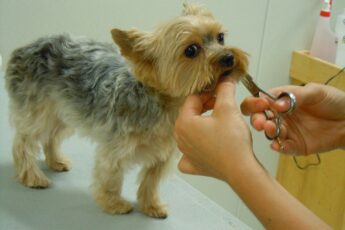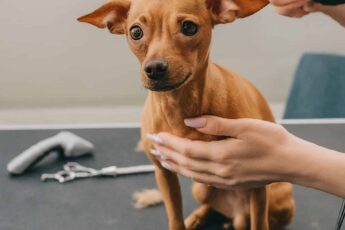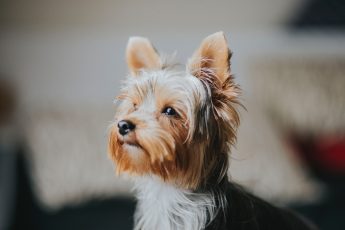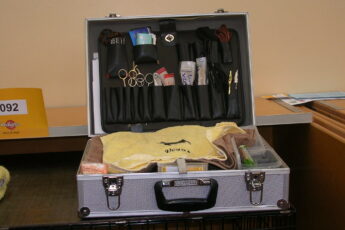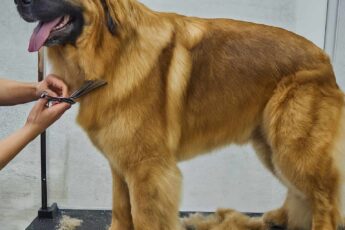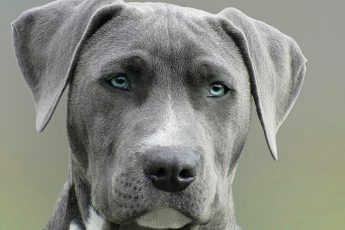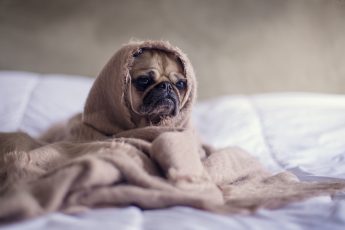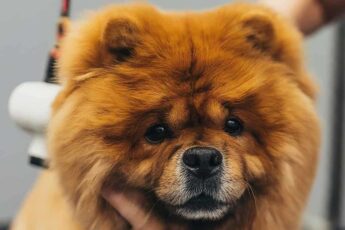Do Labrador Retrievers need grooming?
Labrador Retrievers are one of the most popular dog breeds, and for a good reason. They’re friendly and outgoing and love to play—making them perfect family dogs. But being friendly and playful means that they get into some messes.
And being gorgeous means they have a pretty thick coat of fur that can get matted if you don’t brush it regularly. So the answer is yes—they do need grooming, at least a little bit.
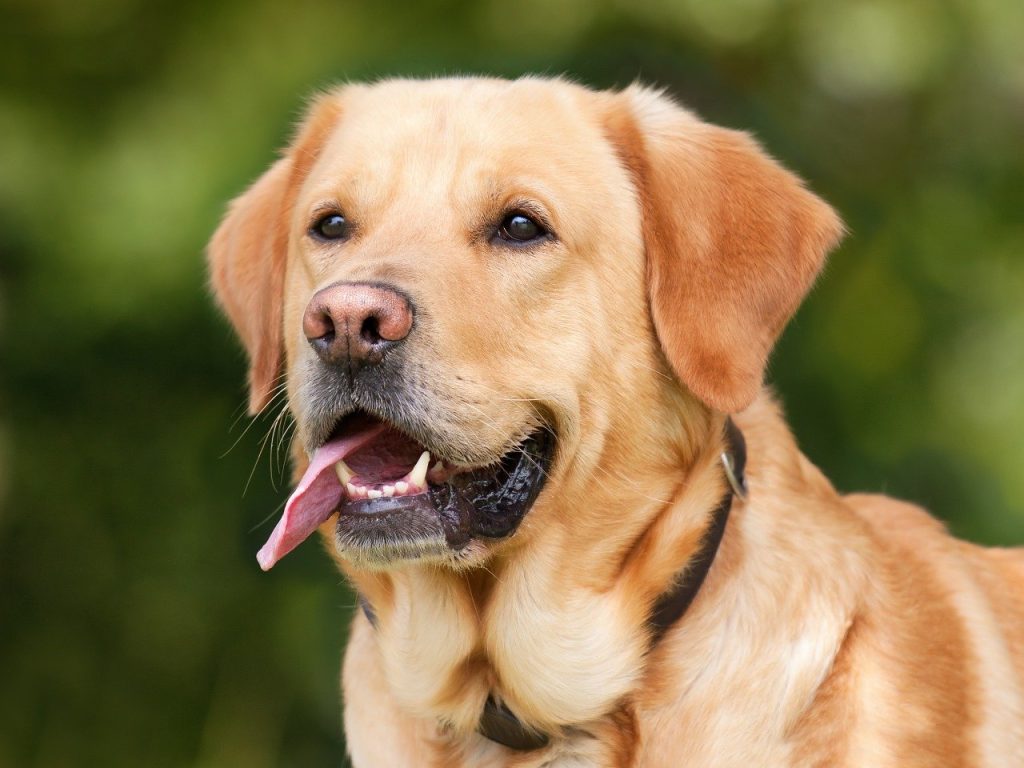
What kind of grooming does a Labrador Retriever need?
A Labrador Retriever’s fur should be brushed once a week to keep it from getting tangled and matted. Their ears should be cleaned regularly to avoid infections.
If your dog spends much time playing outside in inclement weather, you may want to clean his ears more often, as dirt and debris can build up inside them. It is also essential to check your Lab’s ears periodically to see if they have any wax buildup or dirt inside them.
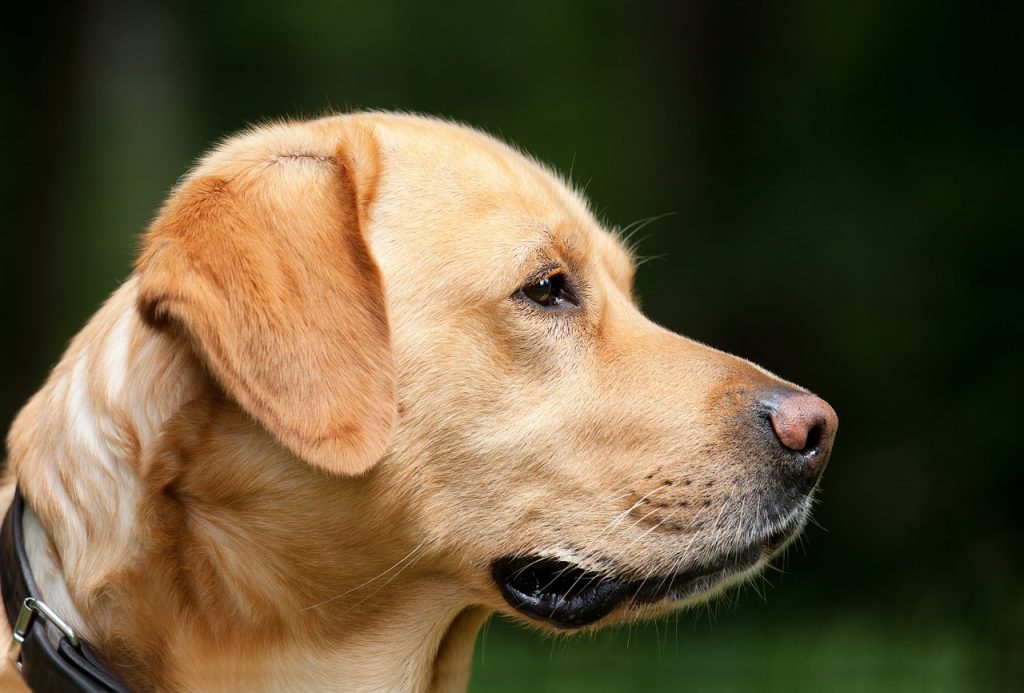
If you find an excess of wax buildup, gently wipe it out with a cotton ball or Q-tip using mineral or baby oil on the cotton ball. Wipe out his ears after swimming because he could have water trapped in them, leading to an ear infection if not taken care of promptly.
Is it OK to cut a Labrador Retriever’s hair?
Labradors’ coats maintain a certain level of warmth when left unaltered. There are some factors to consider about whether it’s good to cut your dog’s hair yourself or have someone else do it for you. If you’re thinking about cutting your dog’s hair because he has matting or tangles, ensure he gets a thorough brushing out first.
Removing these issues first will make the job easier for whoever does the cutting, but it will be much safer for your dog since matting and tangles can cause discomfort and injury.
How often should a Labrador Retriever be groomed?
Labradors have a thick double coat that keeps them warm in colder temperatures and protects them from the hot sun or heavy rain. The thick coat means they require more grooming than other breeds.
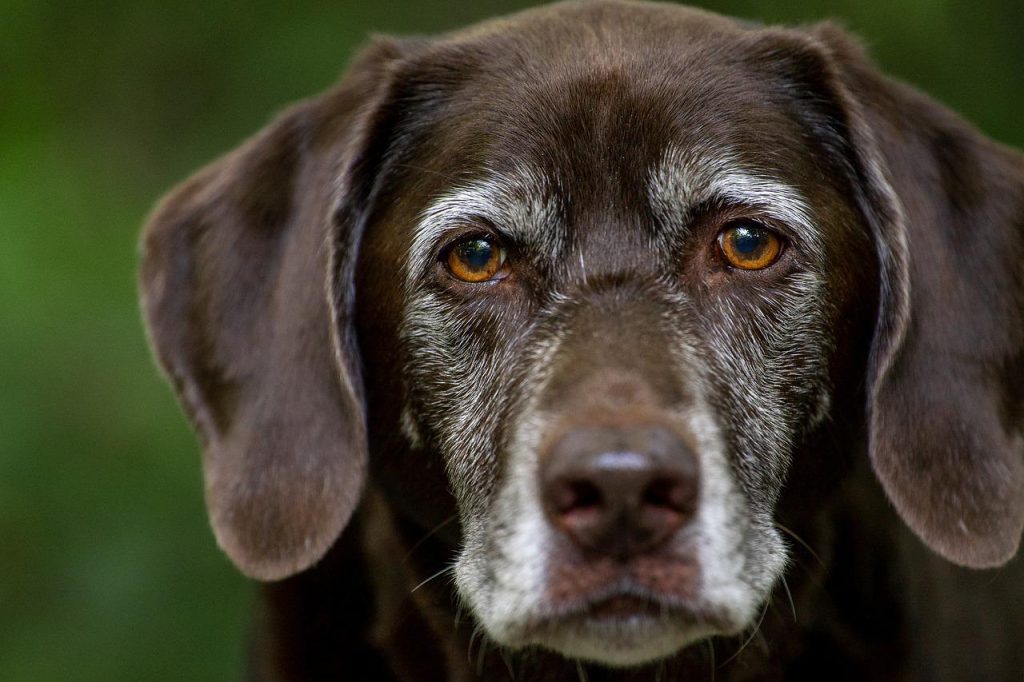
The time between each grooming session depends on your dog’s fur length. If your Lab has short hair, it should only be brushed once every two weeks. For long-haired dogs, once a week is a suitable interval.
How often should a Labrador Retriever be bathed?
Labradors, like most dogs, are clean animals. They typically bathe themselves regularly and don’t need frequent baths. However, a bath may be necessary if your Labrador Retriever gets into something that requires more extensive cleaning, such as rolling on the ground or getting into a muddy puddle.
If your Labrador Retriever is an inside dog who hangs out on the couch all day and occasionally gets into something dirty, bathing him every 2-3 months will suffice.
When deciding how often to bathe your pet, consider whether he has allergies or sensitive skin. Dogs with allergies or sensitive skin should receive baths less frequently than other dogs because frequent bathing can irritate their skin.
It’s also important to remember that many dogs suffer from dry skin during winter, so bathing may not be best for some dogs.
What happens if you don’t groom your Labrador Retriever?
The Labrador Retriever is a dog whose naturally soft fur needs little maintenance. Although letting your Lab’s hair grow wild may seem like a good idea, you risk compromising his health.
The longer your dog’s hair gets, the more likely he will get fleas and ticks. Brush your Labrador Retriever regularly to prevent this from happening.
If you want to keep your dog’s coat healthy, you need to brush it regularly. Brushing will help with shedding and give him a shiny coat everyone will love.
Labrador Retriever grooming
Labradors come in three coat types: short, medium, and long. Any coat can be groomed with simple tools, practice, and patience. You will need an undercoat rake (also known as a shedding blade), a metal comb, and a slicker brush or pin brush for the topcoat.
Basic grooming advice
The Labrador Retriever is a dog of medium size with a short, dense, water-repellent double coat. The thick undercoat is soft and furry, while the outer guard hairs can be slightly wiry.
This breed has a moderately long coat that needs to be brushed and combed daily to remove the loose hair before it ends up all over your home. The Lab’s short hair is also prone to tangle, so it is essential to brush them regularly.
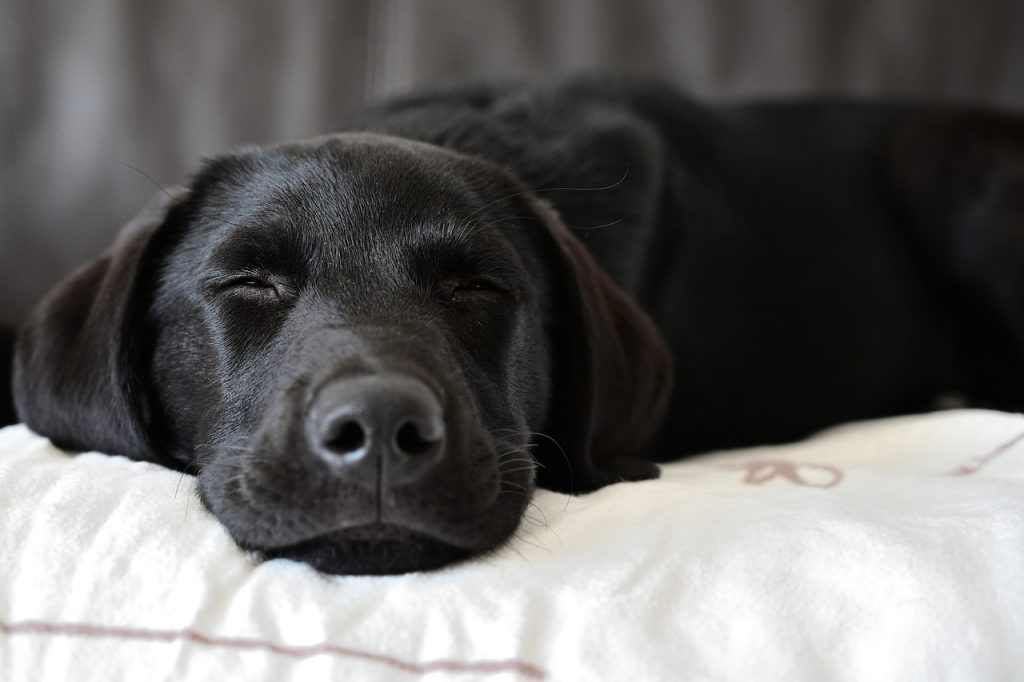
If this breed gets dirty from rolling in mud or playing in the grass, you can hose it off and towel dry it, but make sure you rinse out all the soap. You can use a flea comb for any mats between the Lab’s toes and behind his ears.
Tips for brushing & trimming
Start young
Labradors are born with straight hair that changes into the wavy, water-repellent coat they’ll have as adults by age three months. Brushing during this time will help train the puppy to accept grooming.
Start slowly
When brushing a puppy, try running a brush through its fur for a few minutes before bedtime. If they seem comfortable with this, continue doing it every night. Gradually increase the daily brush time until you can do it for 10–20 minutes without causing discomfort or stress.
Brush before bathing
If you bathe your dog regularly, start brushing them before their bath so that they get used to being handled by humans during a grooming session. They’ll be more likely to accept other grooming activities like trimming and cutting.
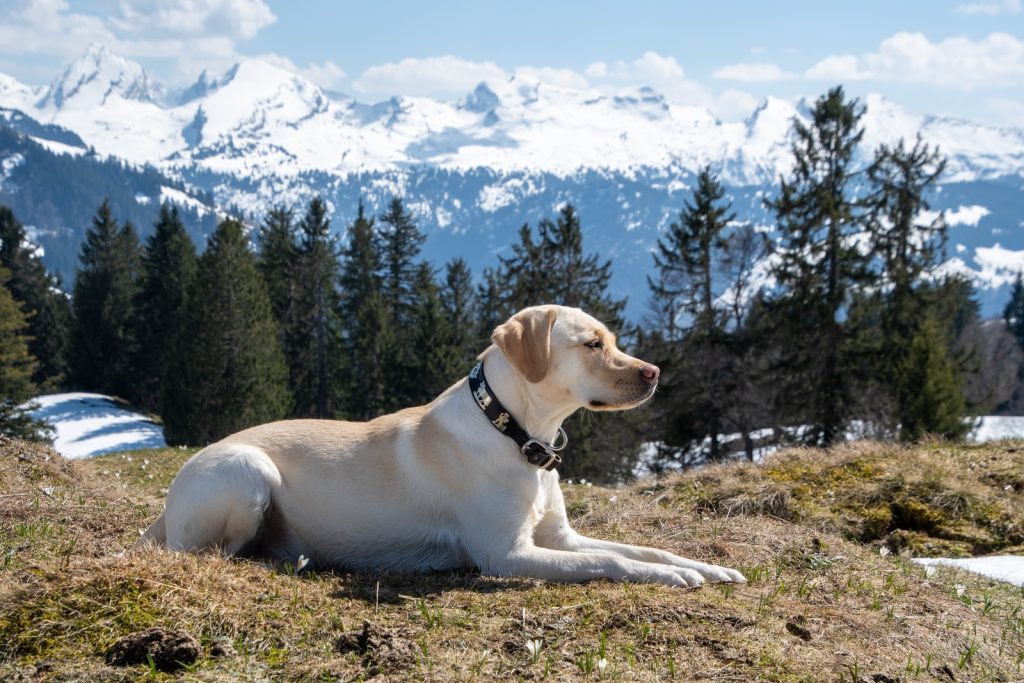
Dog grooming supplies for a Labrador Retriever
| Image | Price | Buy | Title |
|---|---|---|---|
 Top Top | Buy Now | oneisall Dog Shaver Clippers Low Noise Rechargeable Cordless Electric Quiet Hair Clippers Set for Dogs Cats Pets | |
 Top Top | Buy Now | Gimars Titanium Coated Professional 6 in 1 4CR Stainless Steel Dog Grooming Scissors with Safety Round Tip, Heavy Duty Pet Grooming Scissor for Dogs, Cats and Other Animals | |
 Top Top | Buy Now | AIRROBO Dog Grooming Vacuum, Dog Hair Vacuum,12000Pa Strong Pet Grooming Vacuum for Dogs, 2L Large Capacity Dog Vacuum for Shedding Grooming Hair, Quiet, 5 Pet Grooming Tools, PG100 | |
 Top Top | Buy Now | GoPets 2-Sided Dematting Comb - Professional Grooming Rake for Cats & Dogs, Long Hair Deshedding Tool, Undercoat Brush - for Matted & Long-Haired Pets | |
 Top Top | Buy Now | Bonve Pet Nail Grinder for Dogs - Upgraded Dog Nail Trimmers Super Quiet, 2 Speeds, Rechargeable, 2 Grinding Wheels for Small Large Dogs & Cats | |
 Top Top | Buy Now | Go Pet Club 30-Inch Dog Grooming Table, Adjustable Arm Foldable Non-Slip Top, Rust-Proof, Waterproof, Warp-Free Trimming Table for Pets, Black | |
 Top Top | Buy Now | Wahl USA Dry Skin & Itch Relief Pet Shampoo for Dogs – Oatmeal Formula with Coconut Lime Verbena & Pet Friendly Formula, 24 Oz - Model 820004A | |
 Top Top | Buy Now | Bodhi Dog New Grooming Pet Shampoo Brush | Soothing Massage Rubber Bristles Curry Comb for Dogs & Cats Washing | |
 Top Top | Buy Now | Bodhi Dog Natural Dog Cologne | Premium Scented Deodorizing Body Spray for Dogs & Cats | Neutralizes Strong Odors | Dog Perfume with Natural Dog Conditioner | Made in USA (Baby Powder, 17 Fl Oz) |
Labrador Retriever care
Labrador Retriever care is a commitment that goes beyond feeding and grooming your dog—it ensures that your pet gets plenty of exercises and mental stimulation. A bored or inactive Lab can be destructive as it tries to find ways to entertain itself.
It’s essential to keep your Labrador’s brain active and its body. A solid obedience training routine is an excellent way to do this; Labs pick up new tricks quickly and love performing them for their owners.
Coat and skincare
The Labrador Retriever is a large dog breed that is bred to assist hunters in water. Labs are known to have thick, short, and shiny coats in three colors: black, chocolate, and yellow. Although the coat is water-resistant primarily and sheds minimally, it still needs to be taken care of properly to maintain its health and appearance.
Labradors require very little grooming but must be brushed regularly to avoid matting and tangling the hair caused by dirt build-up and natural oils. They also require regular bathing every 2-3 weeks, freeing them from foul odors.
Remember that any soap you use must be formulated explicitly with oatmeal for dogs because most human soaps may cause rashes on their skin.

Labrador owners may experience dryness in their dog’s skin or mane caused by excessive exposure to sunlight, certain over-the-counter medications, or climate changes. This condition can lead to skin problems like dermatitis or even worse if it becomes severe enough.
To counter these effects, you can use a quality conditioner when you bathe your dog; otherwise, you can try applying coconut oil once weekly or so after brushing his coat thoroughly.
Nail care
You can trim your dog’s nails any time, but it’s best to do it when he’s relaxed, such as after meals or running around in the yard. Long nails can be painful for dogs and force them to walk differently, leading to musculoskeletal problems. If you wait until your dog is sleepy, he will appreciate the attention and won’t put up much of a fight while you’re cutting his nails.
Ear care
A Labrador’s ears are a window into its health. If a dog is scratching at them or if they appear red and inflamed, an issue might need to be addressed.
Labrador ears are prone to one common yeast infection called Malassezia pachydermatis (also known as “hot spots”) because the skin folds inside their ears trap moisture and prevent air circulation.
Yeast overgrowth worsens in warm weather when humidity is high, especially if your dog spends time in a kennel with other dogs or sleeps outdoors without breezes to dry out his ears overnight. If you notice your Lab scratching at his ears frequently or shaking his head excessively, it could be caused by yeast buildup or a secondary bacterial infection.
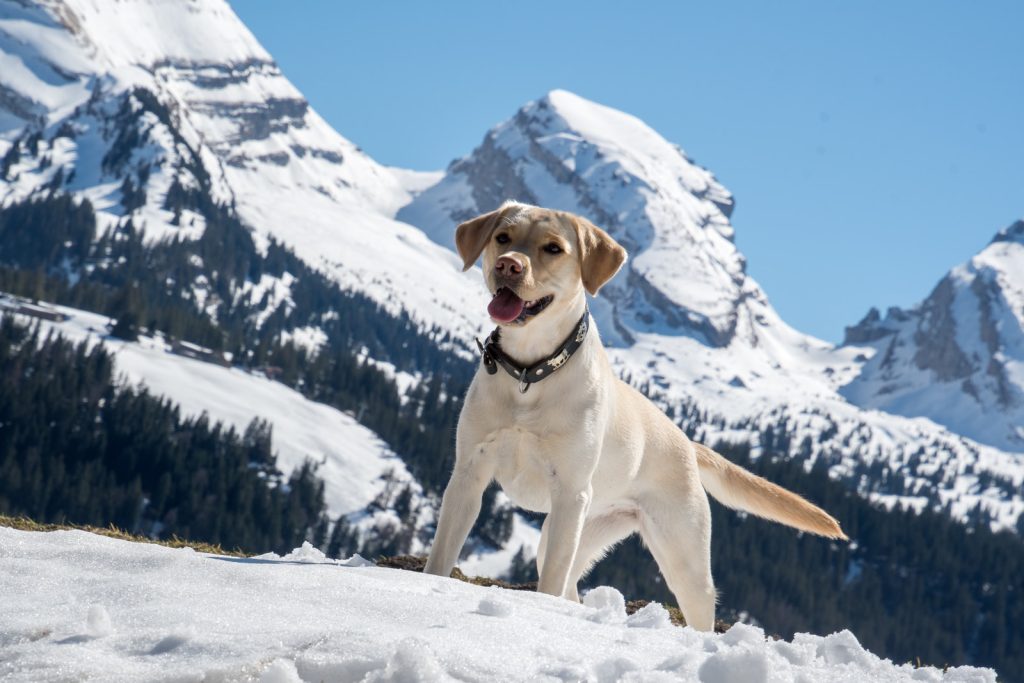
Dental care
Labrador retrievers are particularly prone to dental problems for two reasons:
- A Labrador’s mouth is more extensive than that of other breeds, making it a target for tooth loss. Since its teeth are very loose, they can fall out without its owner noticing.
- Their saliva contains many plaque-forming sugars, which means they develop plaque at a much higher rate than other dogs.
When brushing his teeth, use the gauze side of a pet-specific soft toothbrush and intersperse it with chewing on dental chew toys, like Nylabone Dura Chew bones. Rub a little coconut oil on his teeth for even better results before giving him a treat. It’ll help get any gunk off of them!
Finally, feed him food that contains plenty of fiber and always give him fresh water when he wants to drink—both can help reduce plaque buildup on his teeth!
Labrador Retriever Grooming: Advanced Care and Maintenance
Labrador Retrievers are known for their friendly nature and high energy levels. Their dense, water-resistant double coat sheds seasonally, requiring more grooming attention than other breeds. This chapter will provide advanced care and maintenance tips to keep your Labrador Retriever looking and feeling its best.
Seasonal Coat Care
Labrador Retrievers have a dense, water-resistant double coat that sheds heavily twice a year, during the spring and fall. During these shedding seasons, it’s important to increase the frequency of brushing to help manage the shedding and keep your dog comfortable. Using a de-shedding tool can be particularly helpful during these times.
Skin Care
Labrador Retrievers can be prone to skin allergies, which can lead to itching and discomfort. Regularly check your dog’s skin for redness, irritation, or unusual spots. If you notice any issues, consult with your vet. They may recommend a special shampoo or dietary supplement to help improve your dog’s skin health.
Exercise and Grooming
Labrador Retrievers are an active breed that requires regular exercise. Regular activity can help keep your dog’s coat and skin healthy by promoting good circulation and helping to distribute natural oils. After exercise, check your dog for any dirt, debris, or pests that may have gotten caught in their coat.
Advanced Dental Care
In addition to regular brushing, Labrador Retrievers can benefit from dental chews and a balanced diet that supports dental health. Regular vet check-ups can also help catch any dental issues early.
Professional Grooming
While many aspects of grooming can be handled at home, there may be times when professional grooming is beneficial. Professional groomers can handle ear cleaning, nail trimming, and thorough bathing. They can also provide services like de-shedding treatments, which can be particularly helpful during shedding seasons.
In conclusion, while Labrador Retrievers require more grooming attention than some breeds, regular care can keep them looking and feeling their best. Paying attention to their coat, skin, teeth, and overall health ensures your Labrador Retriever stays healthy and happy.
Conclusion
Labrador Retrievers have thick outer coats and short undercoats. They require daily brushing to prevent mats from forming in their dense coats.
Many people wonder if they can groom their Lab independently or if it is best just to take him or her to professional groomers. While this is a very personal decision, there are certain factors that the owner can consider when deciding what is best for them and their pet.
Grooming your dog has advantages, especially if you invest in the right grooming tools and equipment. Choosing a good brush/comb/shedding blade will make grooming more accessible and fun! Grooming also helps keep your Lab’s coat healthy by keeping it clean and reducing odors.
